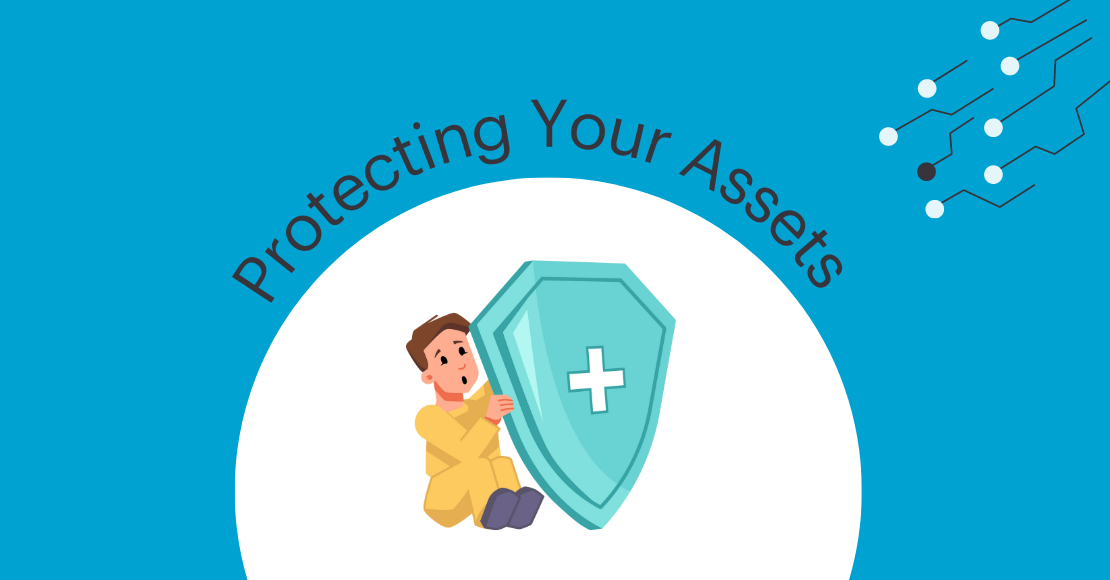Secrets Management is a crucial security aspect in today's digital age, especially DevOps. With the growth of cloud computing and containerisation, maintaining security has become more complex. In this blog, we'll explore the basics of Secrets Management, its importance, and the challenges faced when implementing it.
Watch the webinar Creating and Distributing Secrets Management Across Apps.
This blog is based on the webinar Creating and distributing Secrets Management Across Apps. You can rewatch the whole webinar here:
RELATED COURSE
Understanding DevSecOps
This course teaches you how security fits into the principles of DevOps. Learn the fundamentals of DevSecOps and adopt a DevSecOps mindset.
Table of Contents
In this blog, we will teach you the following:
- The Basics of Secrets Management for DevOps Security
- The Importance of Secrets Management
- Challenges of Implementing Secrets Management
- Conclusion
The Basics of Secrets Management for DevOps Security
Let's start with the definition of secrets. In the context of Secrets Management, secrets refer to pieces of information used for authentication and authorization of workloads. These pieces of information could include confidential data like passport and bank account numbers, but in this blog, we'll focus on secrets used for authentication and authorization.
The first step in Secrets Management is initiating identity-based trust. This means that workloads can only communicate with each other if they have the proper identity. This approach is a departure from the old school security model where security was based on the exterior of the organization, like a castle and moat. In the new approach, the security is based on the identity of the workloads themselves.
Once the identity is established, the next step is to authenticate and authorize the workloads. This step involves enforcing the principle of least privilege, where workloads only get as much access as they need to do their job. The access is granted based on specific roles, and the workload's permissions are based on the roles assigned to them.
The third step is to rotate the secrets. Regularly rotating secrets is critical to maintaining security. If secrets are not rotated, they can become stale and vulnerable to attacks.
Finally, the system's audibility is essential. Auditing helps identify successful and unsuccessful connections, and it helps maintain compliance with regulations and frameworks.
So, to sum up, the three steps in Secrets Management are:
- Initiating identity-based trust
- Authenticating and authorizing workloads
- Rotating secrets regularly
The Importance of Secrets Management
The importance of Secrets Management cannot be overstated. It protects assets, including financial and tangible assets, but more importantly, reputational assets. A breach of security can damage a company's reputation, and it can be challenging to regain trust once lost. Additionally, Secrets Management makes it easier to comply with regulations and frameworks.
One example of a framework that requires Secrets Management is the Payment Card Industry Data Security Standard (PCI DSS). PCI DSS requires companies to audit all their users and maintain the audibility of their systems. Secrets Management makes it easier to comply with this requirement.
Challenges of Implementing Secrets Management
Implementing Secrets Management is not without its challenges. One significant challenge is eliminating hardcoded secrets. Hardcoded secrets are passwords that are coded directly into the code. These secrets are vulnerable to attacks and can be exploited by malicious actors.
Another challenge is the proper rotation and transport of secrets. If secrets are not properly rotated, they can become stale and vulnerable to attacks. Additionally, if secrets are not correctly transported, they can be intercepted and used to access the system.
Finally, containerization makes implementing Secrets Management more challenging. Containerization is dynamic and always changing, making it difficult to maintain security. Kubernetes Secrets, for example, are base coded and not secure. If a malicious actor gains access to Kubernetes Secrets, they can access the entire system.
Conclusion
In conclusion, Secrets Management is a critical aspect of security in today's digital age. It protects assets, including reputational assets, and makes it easier to comply with regulations and frameworks. Implementing Secrets Management is not without its challenges, but it's essential to maintain security in a world where cloud computing and containerization are the norms.
